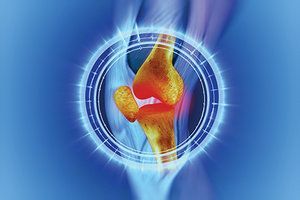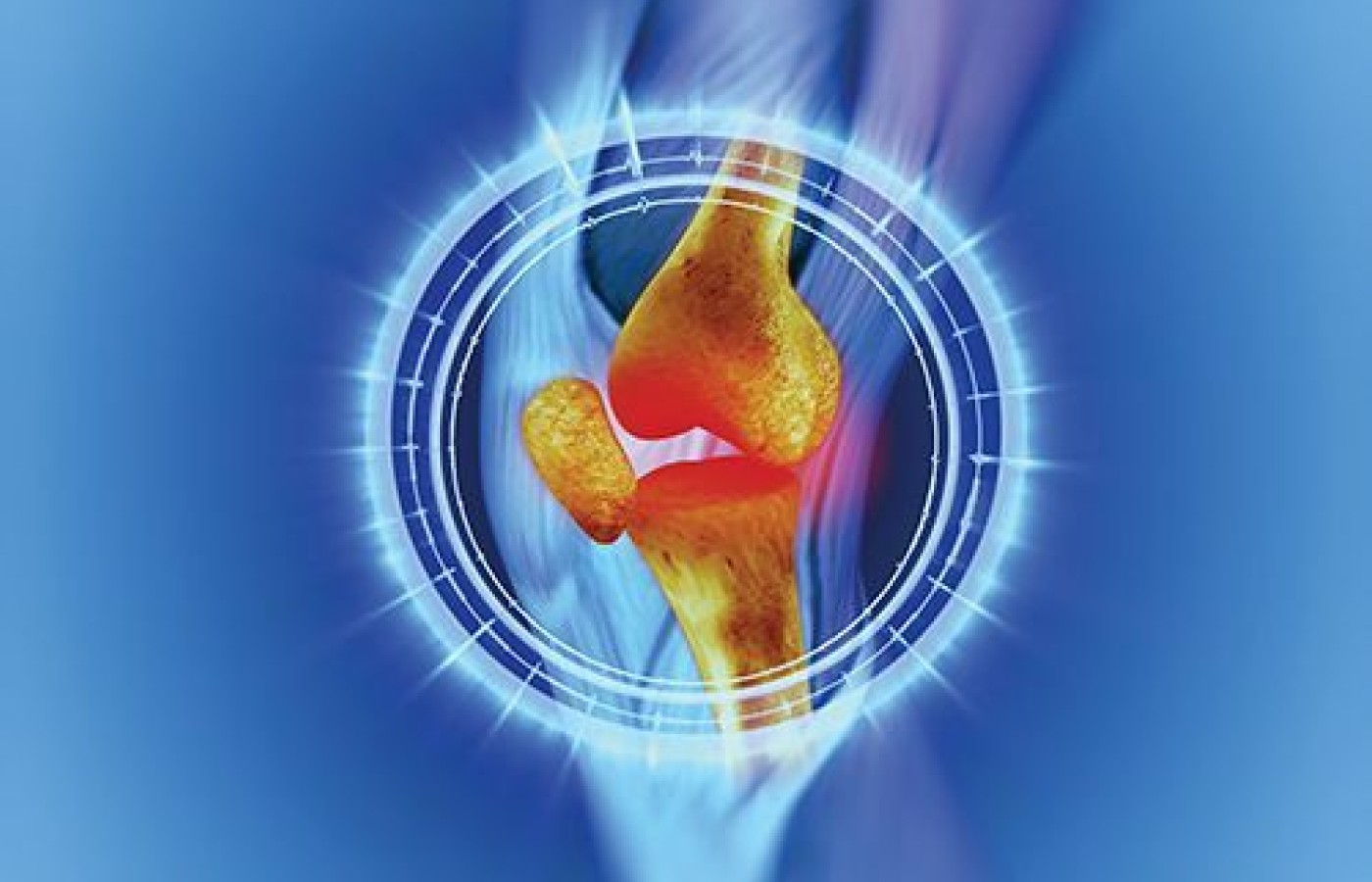New York's highest court of appeals has held that no-fault insurers cannot deny no-fault benefits where they unilaterally determine that a provider has committed misconduct based upon alleged fraudulent conduct. The Court held that this authority belongs solely to state regulators, specifically New York's Board of Regents, which oversees professional licensing and discipline. This follows a similar recent ruling in Florida reported in this publication.
Viewpoints: Pes Anserine Tendonitis vs. Medial Meniscal Tear
What do you think stiff golf shoes, playing with a child, riding a bike, running and swimming the breaststroke all have in common? Each requires knee joint involvement. To quote physical therapist Gary Gray, "The knee is just the dumb guy in the middle." The knee is a devotee to every movement by either the hip or ankle joint. Let's consider some examples of how clients can develop a knee condition called pes anserine tendonitis; how to differentiate a medial meniscus tear from pes anserine; and what a treatment plan would look like.
How It Happens
The semitendinosus, sartorius and gracilis muscles all attach to the tibia at the inner part of the lower knee joint. In this area is a bursa called the anserine bursa, which lies between this combined tendon attachment and the tibia bone underneath. This bursa may become inflamed due to repetitive friction in sports such as golf, cycling, running and swimming. This can result in bursitis and/or a tendinopathy otherwise known as a tendonitis.
Pes anserine tendonitis is often difficult to distinguish from a medial tendon or ligament injury because the symptoms are similar and both are likely to be painful when stressing the inside of the knee joint. The client also will point to the inside of the knee, particularly the lower part just below the joint line. They will experience pain when getting out of a chair or when contracting the hamstring muscles against resistance.

Case #1: The Golfer
A golfer presented with left pes anserine symptoms. This client has been with me for the past 18 years, as both a training client and a massage therapy client. He is in his mid-70s and in great physical shape, with the exception of a few minor aches and pains. He underwent lumbar surgery 20-plus years ago.
Over time, his left hip has lost internal rotation and he has a chronic right SI issue from playing too much golf. I asked him what was different in the previous day's 18 holes of golf. He originally said, "Nothing that I can think of." So, as a clinician going through the list of how and why this happened, what would be a good question to ask next? You got it: "Did you happen to change your stance or shoes?"
His answer was, "Yes, at the last minute I decided to change to my other golf shoes." What was different from the golf shoes he decided to play in the day before vs. the ones he usually wears? "Well, they are stiffer; not as much give in them."
OK, so what might have caused this injury? You got it again: more torque at the knee joint created by a stiffer golf shoe.
Consider what happens during the golf swing. For right-handed golfers, the left leg is the follow-through or the finish leg. The right hip extensors and abductors, and the left adductor magnus, initiate left pelvic rotation during the forward swing. For a right-handed golfer, a significant amount of torque and valgus stress is generated at the left knee. (Remember in our example that this golfer had undergone back surgery, leading to tight back and tight hip muscles, which changes the joint alignment at the knee.)
In order for a golfer with a tight back and tight hips to generate force, more torque and rotation are required at the knee joint, which often lead to injuries to the medial meniscus. Any shoe (in this case, golf shoes) that does not provide enough arch support can lead to overpronation, which places the knee in a rotated position.
I highly recommend strengthening the intrinsic foot muscles for better foot position, rather than relying on a device to provide better foot position. If we look at the design of the knee, it is not intended for the rotational forces and side-to-side movements required by the golf swing. We can theorize that his stiffer golf shoes put more rotation force through the knee and recruited the semitendinosis, gracilis and sartorius muscles to help stabilize the knee, causing more friction at the bursa and leading to pes anserine tendonitis.
I performed massage therapy, working with him for one hour using the treatment plan I describe at the end of this article. He was able to play in his tournament the next day without knee pain and went back to using his other golf shoes. There has been no return of pain.
Case #2: Child's Play
The second case I want to share with you involves one of my clients who was trying to help teach a child do flips. She was crouching down in a flexed-knee position and putting a valgus rotational torque on the knee by trying to support the child and help her rotate through the flip. This client does have a long-standing history of lumbar pain, as well as poor internal and external rotation at the hip joint. These factors, combined with the repetitive motion of squatting and valgus rotational stress, caused her pes anserine tendonitis.
I worked with her for one hour; gave home therapy suggestions, such as administering ice to the bursa and heat to the muscles; and taught her PNF (proprioceptive neuromuscular facilitation) stretches to lengthen the target muscles. She has reported no recurrence of pain.
Case #3: Spin Classes
The third case I want to share involved a spin instructor who loved to crouch down as much as possible on the bike and focus on the upstroke of pedaling. Along with medial knee pain, she was also experiencing quadriceps tendinitis. Her unusual riding position was not allowing the hip, knee and ankle joint to stay in the proper alignment necessary for cycling. If the foot cannot be at the angle it needs to be, the knee becomes the weakest link in the pedaling chain and is loaded improperly.
I worked with her for one hour, explained what her riding position was doing to create the pain, talked about bike set-up, and gave her home therapy suggestions. She reported no knee pain the next week, but she was still experiencing the quadriceps tendonitis. She was unwilling to take a break from teaching to allow some healing time; plus, she didn't have the ability to continue therapy on a regular basis. Consequently, it took longer for her to achieve relief from the quadriceps tendonitis. However, she did tell me she instantly noticed a difference once she changed her positioning on the bike.
As a side note, when cycling, the pedal / cleat system needs to provide enough rotation to allow the rider's feet to fall at the angle they need to. I personally experienced medial knee pain when I changed from a pedal / cleat system I was using for outside riding that allowed more foot rotation, to another pedal / cleat system that could easily adapt for indoor cycling, but did not allow me the same foot rotation. I did some height and aft adjustments to help accommodate, and the pain was eliminated.
So, my advice to you is this: Always ask a cycling client about their bike set-up and if anyone has looked at their positioning when on the bike. When dealing with indoor cyclists, be sure to recommend they avoid adding too much resistance on simulated hill climbing.
Tendonitis vs. Meniscal Tear
The McMurray test evaluates for meniscal tears. With the client supine, grasp the foot with one hand and palpate the knee joint line with the other hand; then flex the knee and rotate the tibia into medial and lateral rotation. With the tibia held in lateral rotation, apply a valgus stress and extend the knee. Repeat the test with the knee held in medial rotation and a varus stress applied while extending the knee. A palpable or audible click, especially with pain, within the joint is considered a sign of meniscal tear.
The other test is Apley's compression test, which is performed with the client in a prone position and the knee flexed to 90 degrees. Stabilize the thigh and lean on the heel, compressing the menisci between the femur and tibia. Then rotate the tibia medially while maintaining this compression. Medial joint pain created by this test suggests a medial meniscal tear, whereas lateral joint pain suggests a lateral meniscal tear.
Treatment Recommendations
Perform a manual muscle test of the semitendinosis, gracilis and satorius to help establish which position creates the most discomfort. This test will be used over and over again during treatment to determine if the therapy is helping take the pressure off the bursa. Perform myofascial release to the entire extensor, adductor, flexor and abductor chain of muscles. The goal, of course, is to release the three tendons specifically. I apply some heat and use PNF stretching to the target muscles. My personal formula is MMT, myofascial release with either hand on or cupping the target muscles, application of heat and PNF. Retest and repeat this formula up to 10 times in one hour or until relief of symptoms is achieved.



